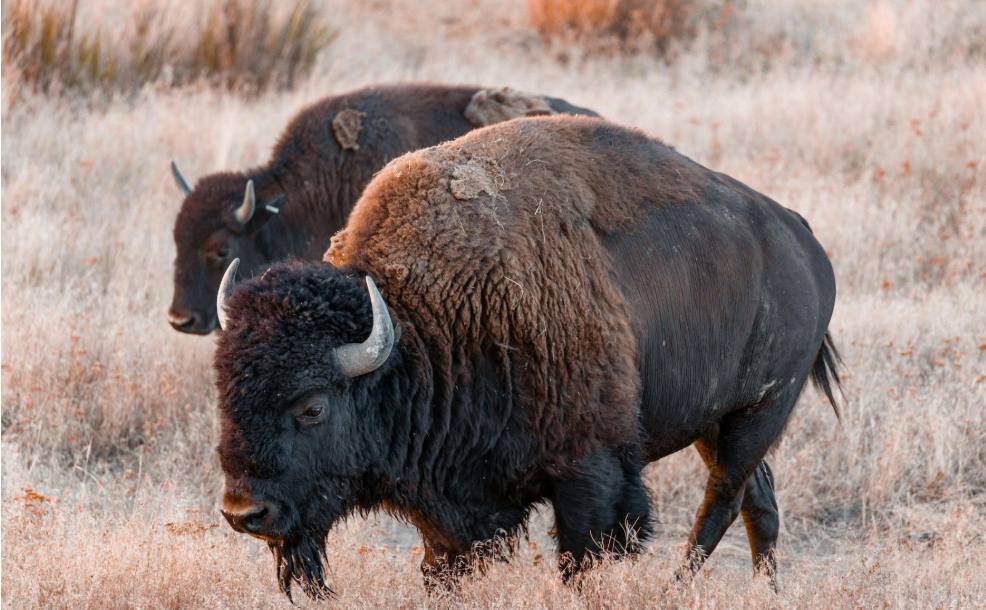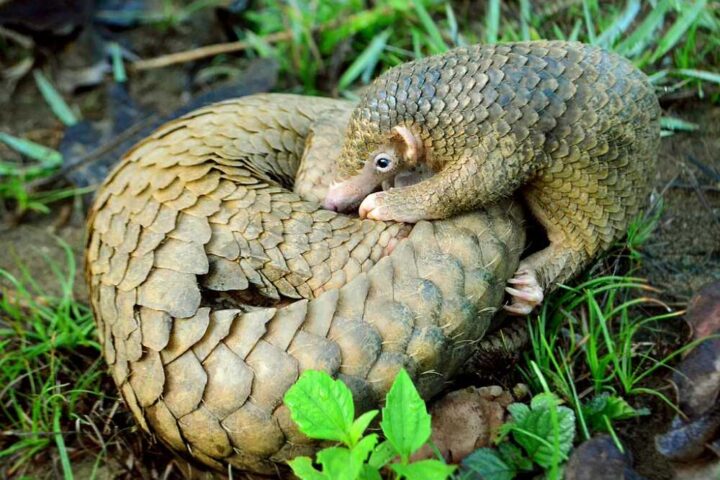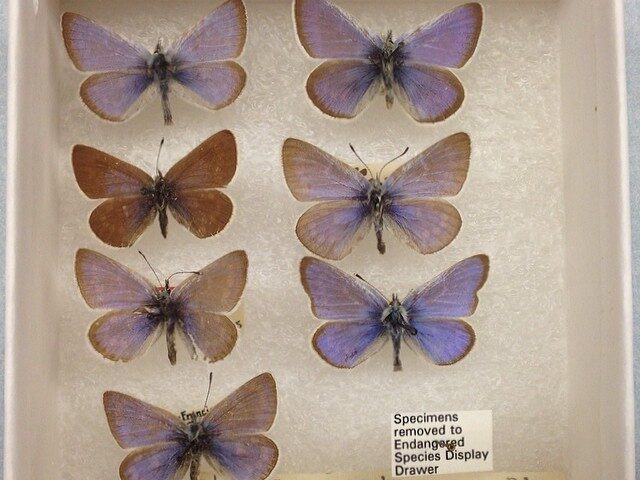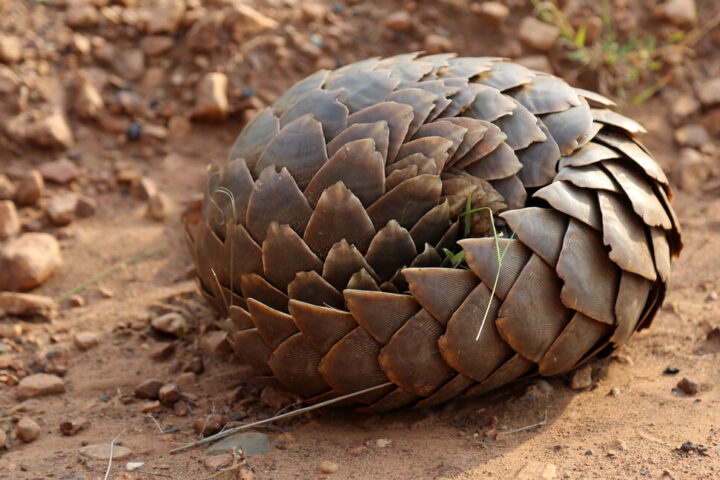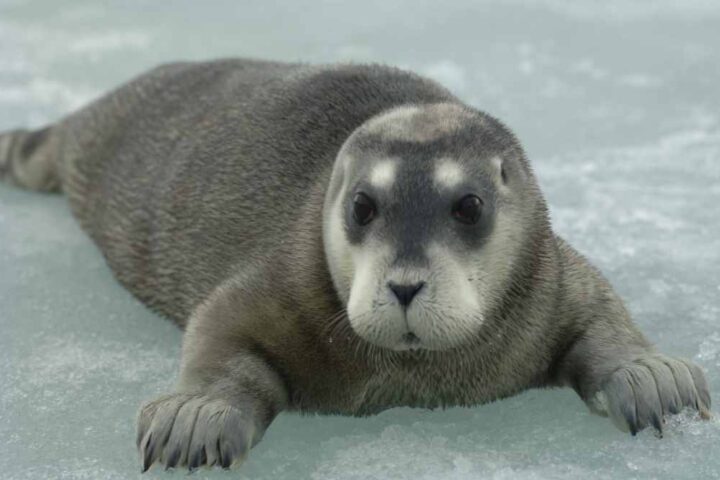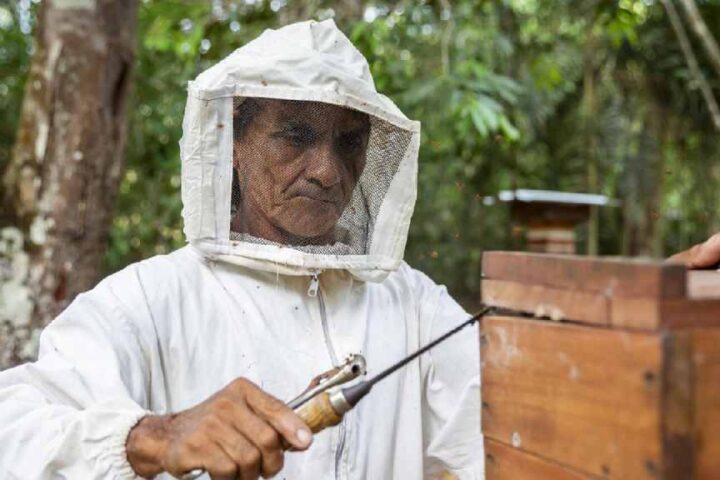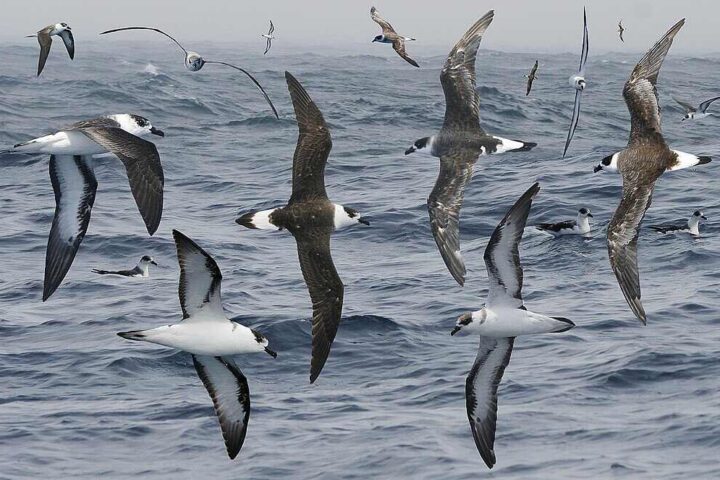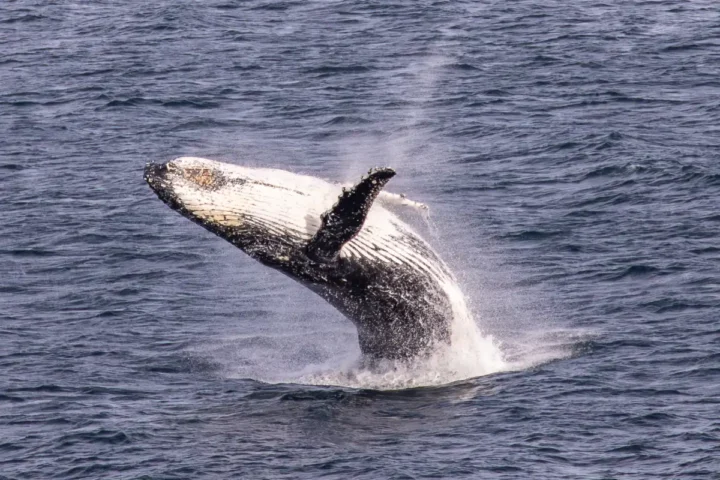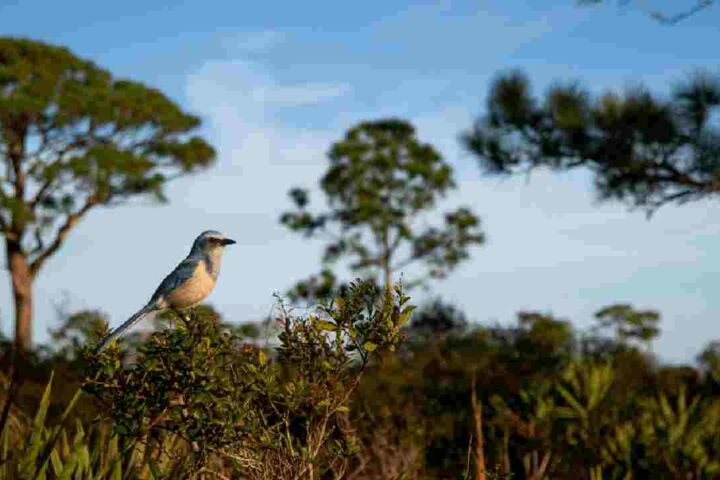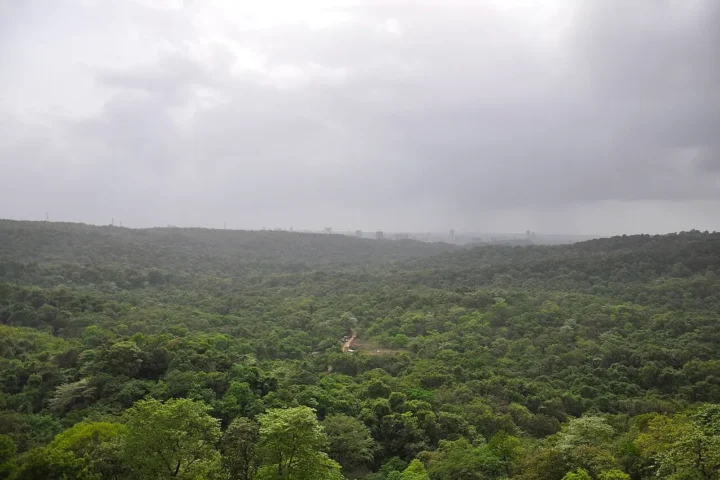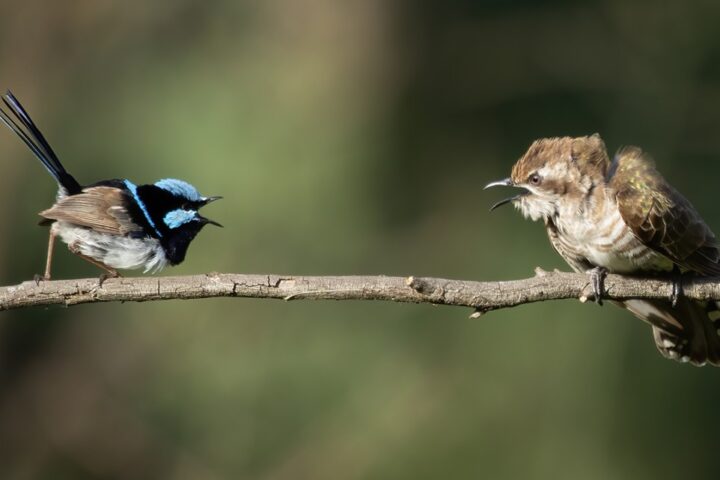The U.S. Fish and Wildlife Service (USFWS) has finalized a recovery plan for seven rare species that call the Edwards Aquifer home. Announced on June 11, 2025, this plan maps out how to protect these unique creatures that live in Texas’s two largest spring systems – Comal and San Marcos springs.
The Edwards Aquifer isn’t just any underground water source. This 180-mile stretch of limestone beneath Central and South Texas supplies drinking water to over 2 million people while also supporting a hidden world of unusual wildlife found nowhere else on Earth.
These endangered and threatened species have been protected under the Endangered Species Act for decades, as their populations declined due to shrinking habitat and reduced spring flows. The species include the endangered Texas wild-rice, Comal Springs dryopid beetle, Comal Springs riffle beetle, fountain darter, Peck’s cave amphipod, and Texas blind salamander, plus the threatened San Marcos salamander.
What makes these creatures remarkable is their complete dependence on the aquifer’s clean, flowing water. The blind salamanders have no eyes and live in complete darkness within underground caverns. The tiny beetles and amphipods inhabit the deep, dark reaches of the springs, while the fountain darter and Texas wild-rice require specific conditions in the spring-fed rivers.
The path to this recovery plan began as Central Texas experienced rapid growth in the 1980s and 1990s. As cities expanded and water demand increased, scientists documented concerning declines in spring flows and species populations. This eventually led to formal protection under the Endangered Species Act and the formation of the Edwards Aquifer Authority in 1993 to manage the water resource.
Similar Posts
Today, the situation has reached a critical point. In May 2025, officials declared unprecedented Stage 5 water restrictions, requiring a 44% reduction in pumping from the aquifer. Water levels are approaching their second-lowest point on record, despite some recent rainfall providing temporary relief.
The recovery plan addresses these challenges through several key strategies:
- Preserving and restoring the aquatic habitats essential for these species
- Establishing captive breeding programs (called refugia) to protect against extinction during catastrophic events
- Managing water resources through collaborative efforts across agencies
- Implementing specific monitoring and conservation measures with scientific oversight
What distinguishes this plan is its comprehensive, long-term approach. It establishes specific, measurable criteria for when these species can be considered recovered and removed from the endangered list – a process estimated to take 60-65 years of consistent effort.
The implications extend beyond just protecting rare species. The recovery plan directly connects environmental conservation with human needs. As water conservation measures help maintain spring flows for the endangered species, they also ensure sustainable water supplies for growing communities, agriculture, and industry throughout the region.
Success will require extensive collaboration between federal agencies, state entities like Texas Parks and Wildlife, local authorities like the Edwards Aquifer Authority, and research institutions like Texas State University’s Meadows Center for Water and the Environment.
For residents of San Antonio, New Braunfels, San Marcos, and surrounding communities, the plan means continued water conservation efforts alongside the preservation of Central Texas’s unique natural heritage – crystal-clear springs, diverse wildlife, and the knowledge that we’re protecting irreplaceable species found nowhere else on Earth.



